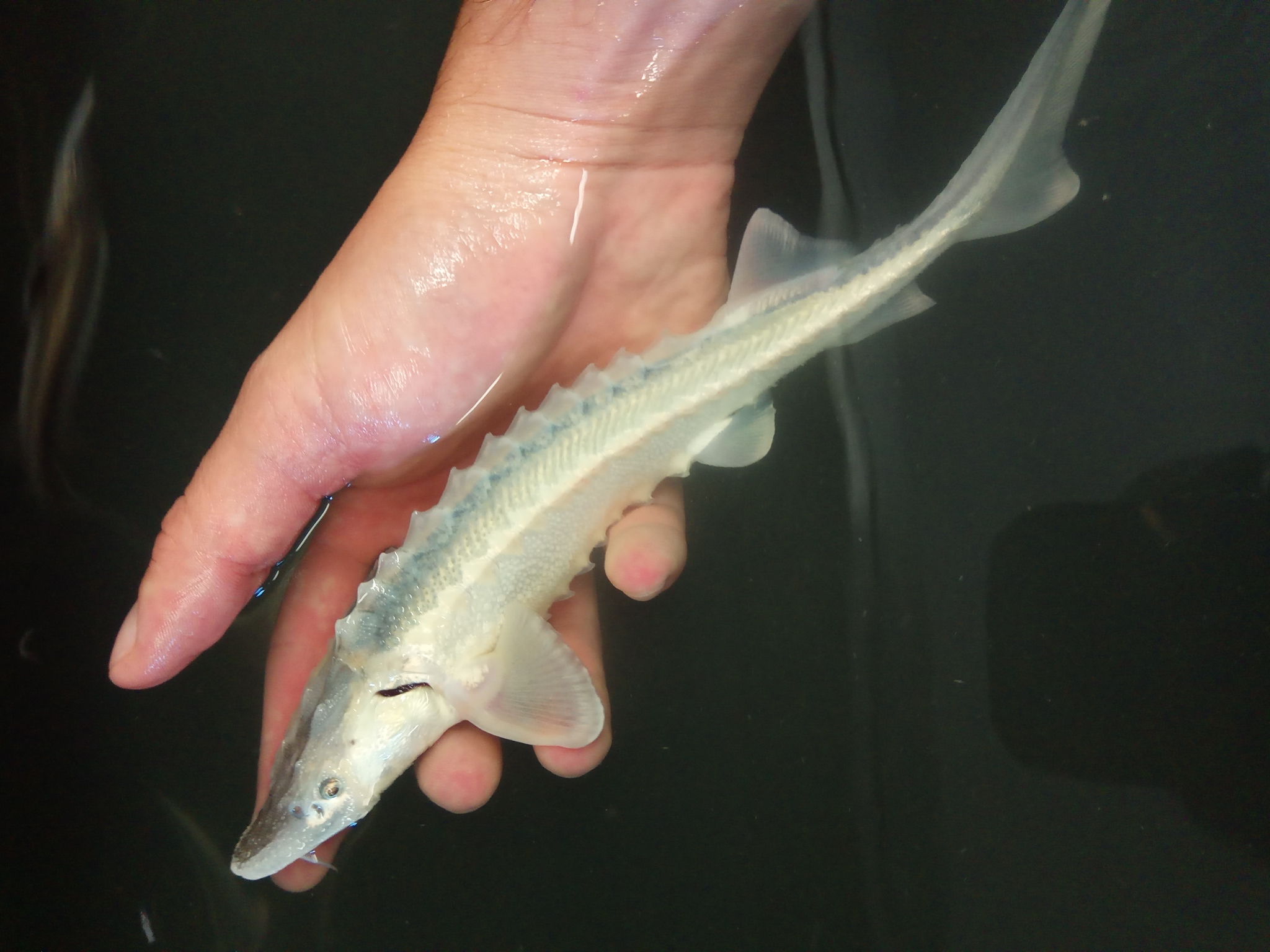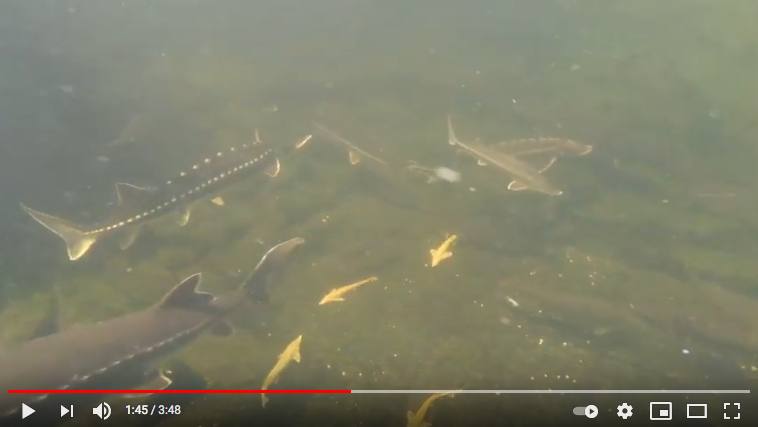MEASURES - In Search of the Great White…
19-01-2021

Sturgeon are known for their diamond pattern and varying hues of silver, gray and blue. Caviar is black and there are even stories of other fish roe sold as caviar after some black dye was added. So white is not generally the colour that would come to mind when thinking of sturgeon. So, how come we have white sturgeons and caviar? And where would one find them?
As it happens with other animals, sturgeon sometimes are born without the (or with a very reduced) capacity to produce colour. This in turn makes them very white, with red eyes, and extremely vulnerable in the wild. Since they cannot blend with their environment anymore, predators easily spot them, which explains why adult albino sturgeon are so rarely spotted in the wild.
Another consequence of the lack of melanin - the pigment responsible for colour – is that these sturgeon make white caviar. Which is even more rare and more expensive than the already very expensive black caviar. So, another business has steadily flourished, the industry of white caviar. This is usually obtained by cross breeding white coloured sturgeon in fish farms – some of them are not really albino, just very discoloured.
Experts working in the MEASURES project have, during their career, met with these rare, albino sturgeon – in the wild, but most commonly in hatcheries that raise sturgeon for restocking purposes. Sturgeon can have different colour mutations – from red, yellow, marbled, to white or even albino sturgeon. And, although these mutations have been observed more on sterlets – due to shorter generation intervals – there can also be white beluga sturgeon, white Siberian sturgeon and white stellate sturgeon. There are even examples of other fish suffering such mutations – such as trout, carp, catfish – but usually, these remain exceptions since they do not reach maturity in the wild.
Some albino sturgeon are kept in educational ponds together with non-native species and strains of sturgeon. One such pond is close to Vienna, in the Alps – used in the LIFE-Serlet project for educating and training fishermen. “As these fish outgrow our facilities regulary and we do not want to kill them, they are kept in this private sanctuary without any chances of escape or economic intentions. But snorkeling there for sure is fun!”, says Thomas Friedrich, Institute for Hydrobiology & Aquatic Ecosystem Management, BOKU, Vienna.

